soil amendment question [bad clay soils]
tj starkey
8 years ago
Featured Answer
Comments (8)
toxcrusadr
8 years agotj starkey
8 years agoRelated Discussions
Major clay soil amending project...timing?
Comments (23)Concrete is made by mixing sand, water, gravel/rocks, and CEMENT. Without the cement you cannot make concrete. Clay particles in soil are already seated closely with themselves. As was mentioned, adding sand is not always a cure, but it's not necessarily bad. Adobe bricks are made by mixing low sand content soil with grassy stuff (like straw), plenty of water, mixing it vigorously to drive the air out of the mix, and letting it dry into brick forms. Driving out the air is important to the adobe process. Good soil is often a mix of clay, sand, and loam. But as for the clay, chances are very good the original poster did not have clay at all. We've learned a lot on the various lawn forums in the 9 years since this post was started. It is much more likely the OP had an imbalance of salts creating clay-like conditions. Adding silica sand does not change the salt balance. Adding limestone sand can make it worse or better depending on the chemistry of the original soil. Today we would have suggested the OP get a soil test from Logan Labs and post it here before adding sand or anything else....See MoreClay soil eating up amendments
Comments (22)Anyone have experience with long term (say 10 years) soil amendment? Yes, but we have to define what kind of amendment we want ;) The organic matter gets 'eaten', not by the clay soil, but the organisms in that soil. That organic matter doesn't last long is actually a very good thing even though it feels like lots of work. The decomp of the OM leads to increased fertility as well as formation of humus which aids in keeping those tiny clay particles from sticking to each other. The OM break down also leads to improved tilth which is simply individual soil particles getting glued together to form larger particles by secretions from the soil critters as they do their thing. This improves drainage and enables more oxygen to reach into the soil and nourish roots. However, if despite all the advantages of using OM to improve soil qualities you still wish a more permanent way to improve drainage/aeration of the soil and reduce the rate it compacts/clumps etc. then you can use a product called Turface. It's a calcined clay product used for sports fields. Unlike the clay you have now, this is fired at high temps so it remains very stable and never becomes 'muck'. It's not like pebbles that have no internal porosity either, it's incredibly porous. A substitute would be calcined DE which is sold by Napa Auto Parts stores as 'Floor Dry'. You can read more about Turface here. Click on the tab at the top "Where to buy" to input your zip code and find a local source. It lasts, literally, forever....See MoreAlkaline clay soil seeking acidic amendments
Comments (24)Chasing pH is a futile endeavor. Well, that depends on what your goals are, what your pH is and your access to resources. You're trying to push your pH from an 8+ in calcareous clay down to a 5.0 and you're on a budget? Yeah. That's pretty futile. Now let's say you've got a pH of 7.5 in a sandy soil with no lime and would like to shift it down to 7.0 or even a little acid so that your maple will stop showing symptoms of alkalinity induced chlorosis. Let's also say you have the means to buy some sulfur (and/or iron sulfate) pre-plant and use acidifying fertilizers to keep the pH down over time? Not futile at all. In fact, it's really common. As free hydrogen is replaced by anions (e.g. calcium, magnesium, sodium, potassium) the pH rises. Well, not really. pH is not a relationship of hydrogen to other cations. pH is an expression of the relationship between hydrogen and hydroxide (OH-). Note that hydroxide is an anion. That's why you can always calculate your pOH if you know your H+ concentration and vice-versa. You will never be able to calculate your pH from your concentration of other cations. At pH 7.0 and above there is no free hydrogen in the soil.Actually, if you have a pH of 7.0, that means that the concentration of hydrogen is exactly the same as the concentration of hydroxide in the soil solution. If you had no hydrogen your pH would be 14 and your pOH would be 0. I think you may be thinking of exchange sites on colloids. If you have a pH of 7.0 or above you may indeed have 0% hydrogen (or actually so close that it is reported as 0% on a base saturation analysis). Also, you can't raise your pH by just picking a cation and increasing it. That's why you won't get an increase in pH from adding gypsum (calcium sulfate) except under special circumstances....See MoreAmending that 'ole Red clay soil-
Comments (10)The Phlomis isn't particularly wild about soil being super acidic. It naturally grows in Syria, in stoney outcrops. So it would prefer dry, rocky, limestone soil. If you have red clay, this is would be the opposite to the conditions in your garden. However, you can still grow it. I would NOT recommend simply ammending each "planting hole" as your landscaper suggested. It is far better to ammend a large growing area all at once. If you just ammend holes the first time around, then you have pockets of well draining soil right next to pockets of possibly soggy soil ( this is if you are gardening in clay, mind you). Also, the addition of pine bark mulch as your sole ammendment (if that's what was put in), can further acidify the soil. Your phlomis would do fantastically well for you if you dig (as in at least double dig) in LOTS, and I mean it takes LOTS of sharp builders sand. This sand contains copieous amounts of sharp and larger sand particles often with high limestone content that will leach into the soil. Another trick? Plant a hunk of old concrete right by your phlomis after you ammend the soil with other materials! This works with lavender, thymes and other limestone lovers too! Doesn't have to be a huge large piece either. Walkways, and sidewalk cement is a great thing to use. Also, planting your limestone loving plants by the curb also helps. A word of warning with phlomis. It also likes a lean soil, and our clay is nutritious. I would avoid ammending with copious amounts of manures, or compost alone. Mixed with the sand, this is great. But alone it helps hold in water AND break up soil particles. You want less water too. GGG...See Morelazy_gardens
8 years agowayne_5 zone 6a Central Indiana
8 years agolast modified: 8 years agotj starkey
8 years agolast modified: 8 years agowayne_5 zone 6a Central Indiana
8 years agotj starkey
8 years ago
Related Stories
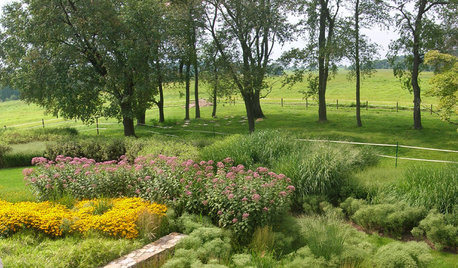
GARDENING GUIDESHow to Stop Worrying and Start Loving Clay Soil
Clay has many more benefits than you might imagine
Full Story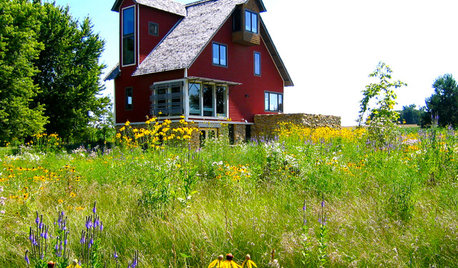
GARDENING GUIDESGardening Solutions for Heavy Clay Soils
What’s a gardener to do with soil that’s easily compacted and has poor drainage? Find out here
Full Story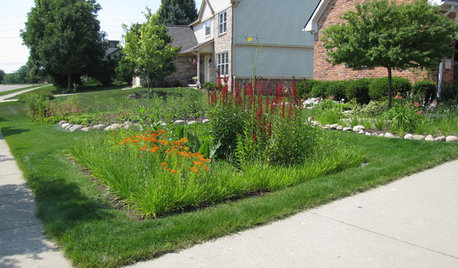
LANDSCAPE DESIGNHow to Shape a Rain Garden and Create the Right Soil for It
Learn how to grade, lay out and amend the soil in your rain garden to support your plants
Full Story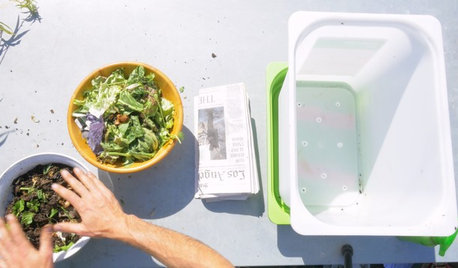
GARDENING GUIDESHouzz TV: Make a Worm Bin for Rich Soil and Happy Plants
A worm-powered compost bin that can fit under a sink turns food scraps into a powerful amendment for your garden. Here’s how to make one
Full Story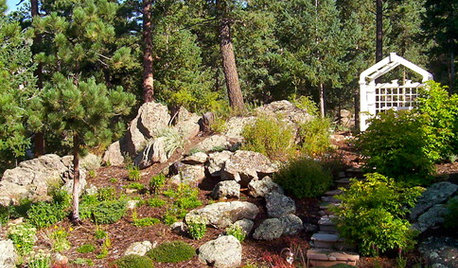
GARDENING GUIDESHave Acidic Soil in Your Yard? Learn to Love Gardening Anyway
Look to acid-loving plants, like conifers and rhododendrons, to help your low-pH garden thrive
Full Story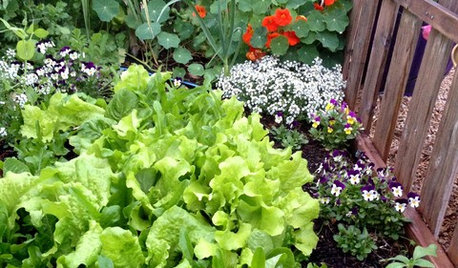
GARDENING GUIDESThe Poop Scoop: Enrich Your Soil With Good Old Manure
Get over the ick factor already — this natural super-ingredient for soil has so many benefits, you'll wonder why you ever went chemical
Full Story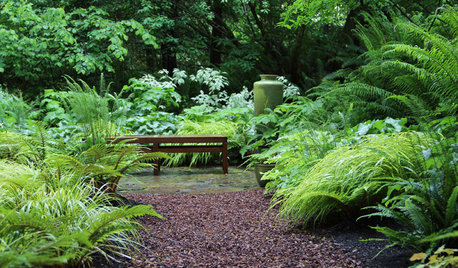
GARDENING GUIDES10 Solutions for Soggy Soil
If a too-wet garden is raining on your parade, try these water-loving plants and other ideas for handling all of that H2O
Full Story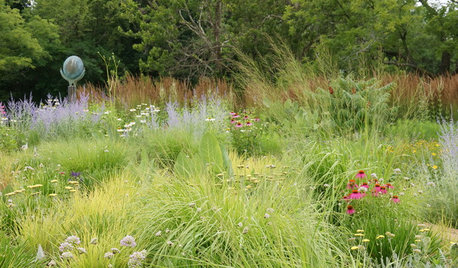
GARDENING GUIDESGet the Dirt on Your Garden’s Soil
Understand how your soil supports your plants so you can ensure your garden’s success
Full Story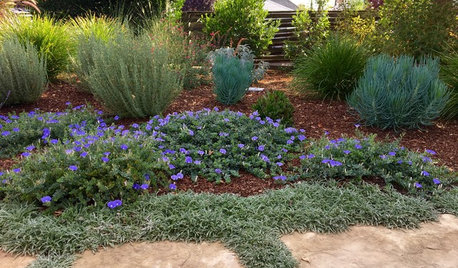
GARDENING GUIDESWhat to Do This Fall to Build Healthy Garden Soil
Take advantage of the cool season to improve soil texture and replenish nutrients
Full Story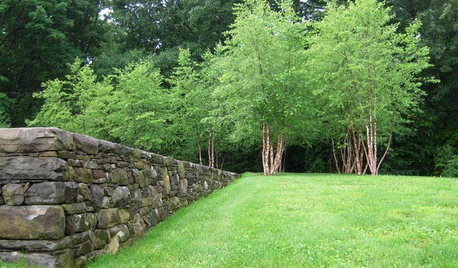
LANDSCAPE DESIGNFlood-Tolerant Native Trees for Soggy Soil
Swampy sites, floodplains, even standing water ... if you've got a soggy landscape, these trees are for you
Full Story


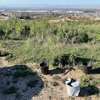
kimmq